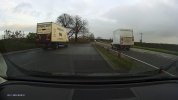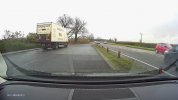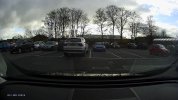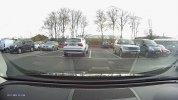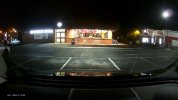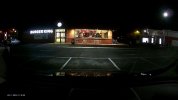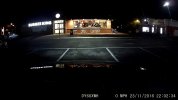country_hick
Well-Known Member
- Joined
- Dec 10, 2014
- Messages
- 2,188
- Reaction score
- 1,964
- Country
- United States
It would be an exceptionally rare crash where needing a license plate number from video would be beneficial. Yes, there could be a third rig that caused the events that created a crash but if you show you were not involved in the originating action you should still be legally safe. It would be great to be able to read all license plates even when both care are going 300mph in different direction at night in a blizzard.
Having 360p video that shows one car causing a crash is enough to prove who did what in that crash. Just becayse you only get horrible picture quality does not mean you did not capture what happened.
The weak spot of all dash cams is the media they use for recording. SD cards do wear out and malfunction. Hard drives crash. Floppy discs lose their magnetic film. Some dash cams are made of quality parts and materials. Other dash cams last 34 days and die just after the 30 day warranty expires. Quality components prices are why no $15 dash cam can be expected to do well or last very long.
My biggest complaint about what I can not seem to obtain is a dash cam that will instantly turn on and work at -40f or -40c which are the same temp. I have seen -20 many times and -40 at least once. If my car uses electronic components that work at those temperatures why not a dash cam?
(I do understand tropical zone thinking that at -10f nothing could work. But being from up north I know other electronic things do work in that cold.)
Having 360p video that shows one car causing a crash is enough to prove who did what in that crash. Just becayse you only get horrible picture quality does not mean you did not capture what happened.
The weak spot of all dash cams is the media they use for recording. SD cards do wear out and malfunction. Hard drives crash. Floppy discs lose their magnetic film. Some dash cams are made of quality parts and materials. Other dash cams last 34 days and die just after the 30 day warranty expires. Quality components prices are why no $15 dash cam can be expected to do well or last very long.
My biggest complaint about what I can not seem to obtain is a dash cam that will instantly turn on and work at -40f or -40c which are the same temp. I have seen -20 many times and -40 at least once. If my car uses electronic components that work at those temperatures why not a dash cam?
(I do understand tropical zone thinking that at -10f nothing could work. But being from up north I know other electronic things do work in that cold.)









